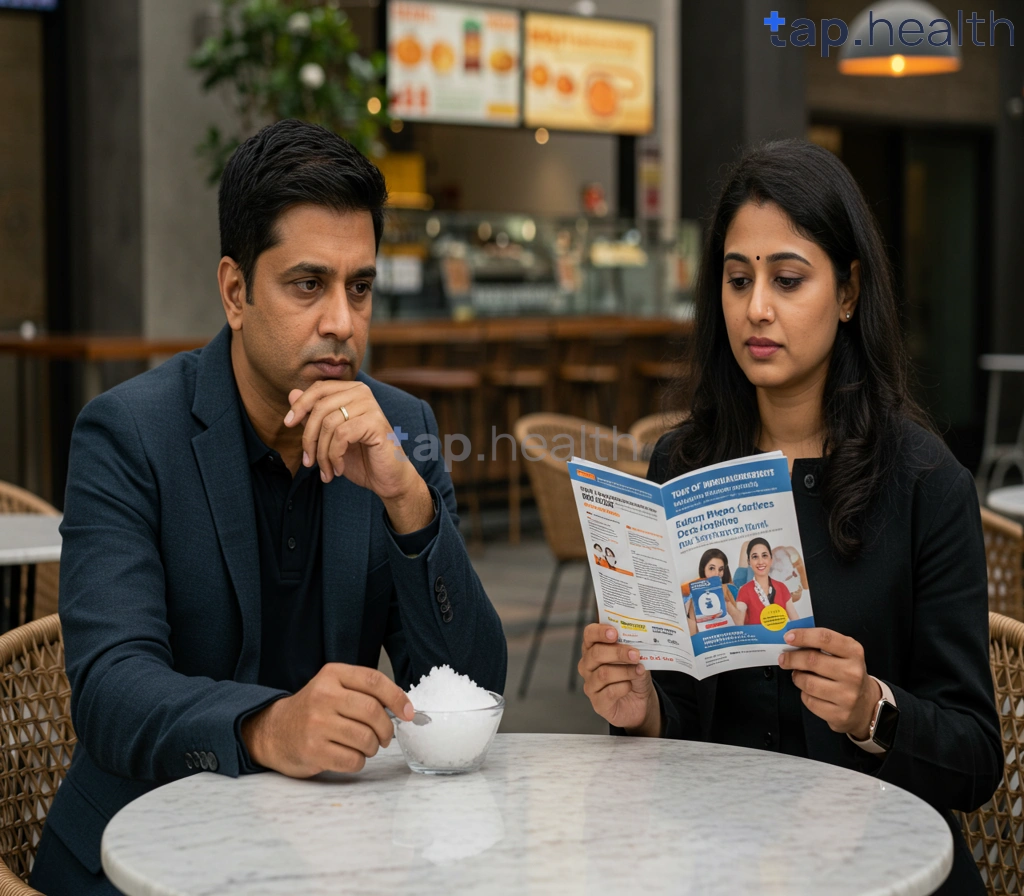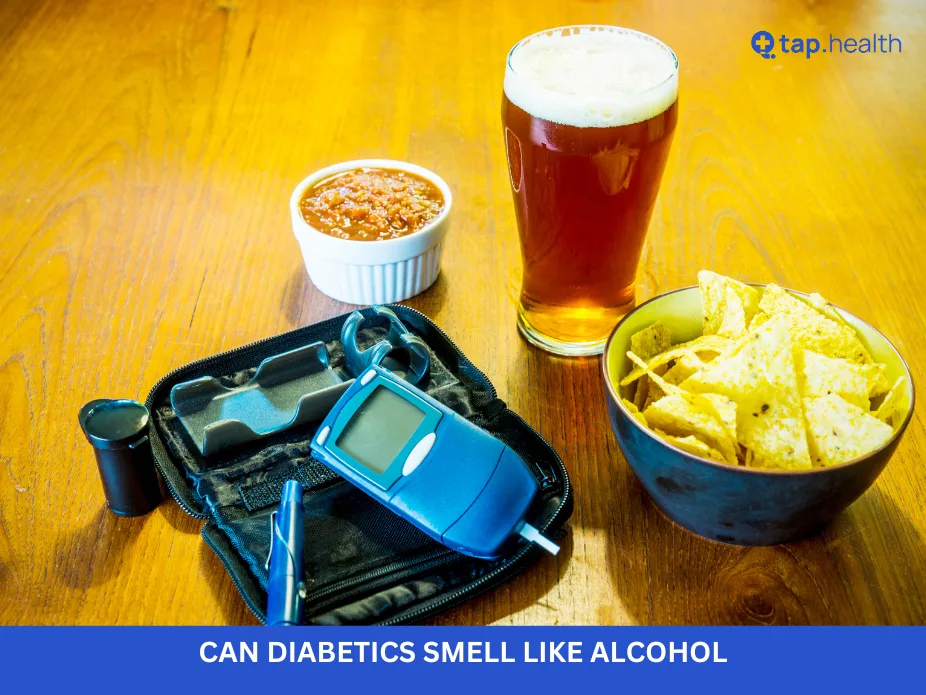Feeling tired all the time? Have weak muscles, achy bones, or low mood? These could be signs of vitamin D deficiency—a very common problem, especially in winter or if you spend most of your time indoors.
But you don’t need to visit a clinic to find out.
Now, you can test your vitamin D levels at home—quickly, easily, and without a needle-filled doctor’s visit.
In this guide, you’ll learn:
- How at-home vitamin D tests work
- The best home test kits available
- How to use them step by step
- What your results mean
- What to do if your levels are low
- When you should still see a doctor
All explained in plain, simple English—no confusing medical terms. Just real, reliable information based on trusted sources like the National Institutes of Health (NIH), Mayo Clinic, and FDA-approved testing labs.
Let’s get started.
Why Should You Test Your Vitamin D?
Vitamin D is more than just a vitamin—it’s a hormone that your body needs to stay strong.
It helps with:
- Building strong bones and teeth
- Supporting your immune system
- Keeping muscles working properly
- Regulating mood and brain health
But nearly 40% of adults in the U.S. have low vitamin D, according to the National Health and Nutrition Examination Survey (NHANES).
And most people don’t realize it—because symptoms like fatigue, weakness, or low mood can be mistaken for stress or aging.
The only way to know for sure? Test your levels.
While doctors can order blood tests, now you can do it from home—without a prescription.
Can You Really Test Vitamin D at Home?
Yes—you absolutely can test your vitamin D levels at home.
Thanks to advances in medical technology, several FDA-authorized at-home test kits are now available. These kits use a simple finger-prick blood sample to measure your vitamin D.
Here’s how it works:
- You order a test online.
- The kit arrives at your door.
- You collect a small drop of blood from your fingertip.
- Mail the sample to a certified lab.
- Get your results online in a few days.
These tests measure 25-hydroxyvitamin D—the same thing doctors test. That means the results are just as accurate as a clinic test.
How Do At-Home Vitamin D Tests Work?
At-home vitamin D tests are simple and painless. Here’s what happens:
Step 1: Order a Kit
Choose a reputable brand (we’ll list the best ones below). Most cost between $50 and $100.
Step 2: Collect Your Sample
The kit includes:
- Alcohol wipes
- Lancet (tiny needle)
- Collection card or tube
- Bandage
- Pre-paid return envelope
You:
- Wash and dry your hands
- Use the lancet to prick your fingertip
- Squeeze a few drops of blood onto the collection card
- Let it dry
- Seal and mail it
It takes less than 5 minutes.
Step 3: Lab Analysis
The lab checks your blood for 25(OH)D, the main form of vitamin D in your body.
Step 4: Get Your Results
You’ll get an email when your results are ready—usually in 3 to 5 business days.
Most kits provide:
- Your exact vitamin D level (in ng/mL)
- A clear explanation of what it means
- Recommendations for next steps
Some even offer access to a doctor or nutritionist for follow-up.
Best At-Home Vitamin D Test Kits (2024)
Not all test kits are created equal. Here are the top 5 trusted, accurate, and easy-to-use options:
1. Everlywell Vitamin D Test
- Price: $59
- Type: Finger-prick blood spot
- Results: 5 days
- Features: Doctor-reviewed results, easy-to-read report, CLIA-certified lab
- Bonus: Can be used with FSA/HSA accounts
Best for: Beginners who want a simple, reliable test.
2. myLAB Box Vitamin D Test
- Price: $89
- Type: Blood spot
- Results: 2–5 days
- Features: Free telehealth consult, confidential, no prescription needed
- Lab: CLIA-certified and CAP-accredited
Best for: People who want a doctor’s advice with their results.
3. LetsGetChecked Vitamin D Test
- Price: $79
- Type: Finger-prick blood
- Results: 2–5 days
- Features: Free nurse support, real-time tracking, high accuracy
- Lab: CLIA-certified
Best for: Those who want ongoing support and fast results.
4. Cerascreen Vitamin D Test
- Price: $49
- Type: Dried blood spot
- Results: 3–5 days
- Features: Detailed PDF report, tips for improving levels
- Available in U.S. and Europe
Best for: Budget-friendly option with clear guidance.
5. Imaware Vitamin D Test
- Price: $75
- Type: Blood spot
- Results: 3–5 days
- Features: Part of a full health panel, lab-direct testing
- Good for: People who want to test multiple markers
All of these brands use CLIA-certified labs, which means they meet strict U.S. standards for accuracy.
How to Use an At-Home Vitamin D Test (Step-by-Step)
Follow these steps to get the most accurate results.
Step 1: Prepare the Night Before
- Avoid taking vitamin D supplements 24 hours before the test (unless your doctor says otherwise).
- Stay hydrated—well-hydrated blood flows better.
- Wash your hands before bed.
Step 2: Warm Your Hands
Cold hands make it harder to get blood. Run them under warm water or rub them together for 1–2 minutes.
Step 3: Clean Your Finger
Use the alcohol wipe to clean your fingertip (usually the side of the middle or ring finger). Let it dry.
Step 4: Prick Your Finger
Hold the lancet firmly against your finger and press the button. It feels like a quick pinch.
Step 5: Collect the Blood
- Gently massage your finger from the base to the tip.
- Let drops of blood fall onto the collection circle.
- Fill all required circles (don’t smudge or overlap).
Step 6: Stop the Bleeding
Press a cotton ball or bandage on the spot until it stops.
Step 7: Mail the Sample
Place the card in the envelope and mail it the same day (or next day at latest).
What Do the Results Mean?
Your results will show your vitamin D level in nanograms per milliliter (ng/mL).
Here’s how to understand them (based on NIH and Endocrine Society guidelines):
| Below 20 | Deficient | You need supplements |
| 20–29 | Insufficient | Low—may need more sun or food |
| 30–100 | Normal | Healthy range |
| Above 100 | Too high | Can be harmful—stop supplements |
What to Do Based on Your Results
- Below 20: Talk to a doctor. You’ll likely need a high-dose supplement for 6–8 weeks.
- 20–29: Increase sun exposure, eat more vitamin D-rich foods, or take a daily supplement (600–1000 IU).
- 30+: You’re in a healthy range. Keep doing what you’re doing.
- Above 100: Too much vitamin D can cause nausea, kidney stones, or heart issues. Stop supplements and see a doctor.
Who Should Test Vitamin D at Home?
Anyone can benefit—but it’s especially important if you:
- Spend most of your time indoors
- Live in northern states with little winter sun
- Have dark skin (melanin reduces vitamin D production)
- Are over 50 (skin makes less vitamin D with age)
- Are overweight (vitamin D gets stored in fat)
- Have digestive issues (like Crohn’s or celiac disease)
- Follow a vegan or dairy-free diet
Even if you feel fine, testing once a year is a smart move.
Can At-Home Tests Be Wrong?
Most at-home tests are very accurate—but mistakes can happen.
Common Errors
- Not collecting enough blood
- Smudging the sample
- Waiting too long to mail it
- Taking supplements right before the test
To avoid errors:
- Follow the instructions carefully
- Use the middle or ring finger (best blood flow)
- Mail the sample the same day
If your result seems off (like extremely high or low), you can retest or confirm with your doctor.
What If My Vitamin D Is Low?
If your test shows deficiency, don’t panic. It’s common—and easy to fix.
Steps to Raise Your Levels
- Take a Vitamin D3 Supplement
- Most adults need 1000–4000 IU daily (under doctor’s guidance).
- D3 (cholecalciferol) is better than D2.
- Get Safe Sun Exposure
- 10–30 minutes of midday sun, 2–3 times a week.
- Expose arms, legs, or face—without sunscreen.
- Avoid sunburn.
- Eat Vitamin D-Rich Foods
- Fatty fish (salmon, mackerel)
- Egg yolks
- Fortified milk, orange juice, or cereal
- Mushrooms exposed to UV light
- Retest in 8–12 Weeks
- Make sure your levels are improving.
Always work with a healthcare provider if you’re severely deficient.
When to See a Doctor
Even with a home test, see a doctor if:
- Your level is below 20 ng/mL
- You have symptoms like bone pain, muscle weakness, or frequent fractures
- You’re pregnant, breastfeeding, or have a chronic illness
- You’re already taking supplements but levels aren’t improving
A doctor can prescribe high-dose vitamin D and monitor your progress.
Can You Test Vitamin D in Children at Home?
Yes—many kits (like Everlywell and LetsGetChecked) are safe for teens and adults.
For younger children:
- Check the brand’s age limit (usually 18+)
- Some labs offer pediatric testing with doctor approval
- A pediatrician may prefer a clinic test for accuracy
If you suspect your child is deficient (symptoms: fatigue, growing pains, frequent illness), talk to their doctor first.
Are At-Home Tests Covered by Insurance?
Most at-home vitamin D tests are not covered by insurance—but there are exceptions.
- Some FSA (Flexible Spending Account) or HSA (Health Savings Account) plans do cover them.
- You may be able to submit a receipt for reimbursement.
Check with your provider before ordering.
How Often Should You Test Vitamin D?
For most people:
- Once a year is enough—usually in late winter or early spring (when levels are lowest).
If you’re:
- Starting supplements
- Treating deficiency
- Have a health condition
Test every 3 to 6 months until your levels stabilize.
Final Thoughts: How to Test Vitamin D Levels at Home
Testing your vitamin D at home is easier than ever.
With a simple finger prick and a few days’ wait, you can know your levels, understand your health, and take action—without a doctor’s visit.
Just remember:
- Choose a reputable, CLIA-certified test kit
- Follow the instructions carefully
- Understand what your results mean
- Take steps to improve low levels
- See a doctor if needed
Vitamin D is essential for strong bones, healthy muscles, and a strong immune system. Don’t guess—test and take control of your health.
FAQ: How to Test Vitamin D Levels at Home
Q1: Can I test vitamin D at home without a kit?
No. You need a lab-validated kit to get accurate results. DIY methods (like symptom checklists) are not reliable.
Q2: How accurate are at-home vitamin D tests?
Very accurate—when used correctly. They use the same method (25-hydroxyvitamin D test) as hospitals.
Q3: Do I need a doctor’s prescription?
No. Most at-home kits don’t require a prescription.
Q4: Can I test while taking vitamin D supplements?
Yes, but for the most accurate “baseline” level, stop supplements 24 hours before (unless your doctor says otherwise).
Q5: How long does it take to get results?
Usually 3–5 business days after the lab receives your sample.
Q6: Can I test vitamin D in winter?
Yes—and it’s actually the best time, since levels are often lowest.
Q7: What time of day should I take the test?
Any time is fine. Morning or afternoon works best when your hands are warm.
Q8: Can I use the test if I’m pregnant?
Yes, but talk to your doctor first. Vitamin D is important during pregnancy.
Q9: Do I need to fast before the test?
No. You can eat and drink normally.
Q10: Can I reuse the test kit?
No. Each kit is for one-time use only.
Final Takeaway
You don’t need a doctor’s appointment to check your vitamin D.
With an at-home test, you can get accurate, reliable results from your living room—fast and stress-free.
If your levels are low, now you know. And if they’re good, you can feel confident you’re on the right track.
Your health starts with knowledge. Test today—feel better tomorrow.



